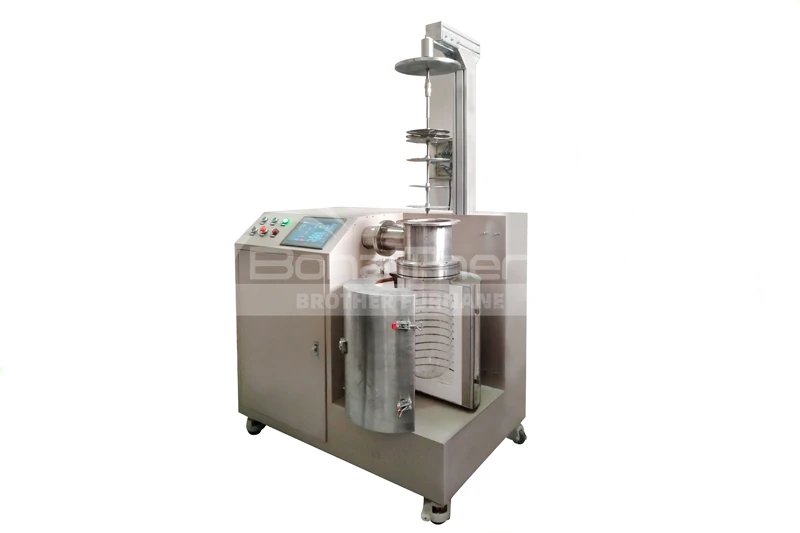Exploring the Vacuum Furnace: Marvels of Technology in Industry
In the realm of modern industry, the vacuum furnace stands as a pivotal technology with applications spanning metalworking, semiconductor manufacturing, glass processing, and beyond. Today, we delve deep into the workings, applications, and future developments of the vacuum furnace.
Working Principle
A vacuum furnace is a device capable of heating materials in an environment devoid of or with reduced gas pressure. Its principle involves evacuating the furnace chamber to create a low-pressure or vacuum environment, facilitating the heating process of materials. This environment minimizes oxidation reactions, enhances the quality of heat treatment, and accelerates processing.
Applications
The vacuum furnace finds extensive use in metalworking, including processes such as annealing, quenching, and tempering. In the semiconductor industry, it is employed in the manufacturing of silicon wafers and other semiconductor materials. In glass processing, the vacuum furnace is instrumental in producing high-purity glass products.
Future Developments
With the continual advancement of science and technology, the performance and functionalities of vacuum furnaces continue to improve. In the future, we anticipate more advanced vacuum furnace technologies being applied across broader domains, yielding greater efficiency in industrial production. Moreover, as demands for energy efficiency and environmental sustainability escalate, attention will also be directed towards reducing energy consumption and enhancing the environmental performance of vacuum furnaces.
In exploring the world of vacuum furnaces, we uncover their significance and widespread applications in industrial production. Moving forward, with ongoing technological advancements, vacuum furnaces will undoubtedly continue to play a vital role in fostering innovation and development across industries.











